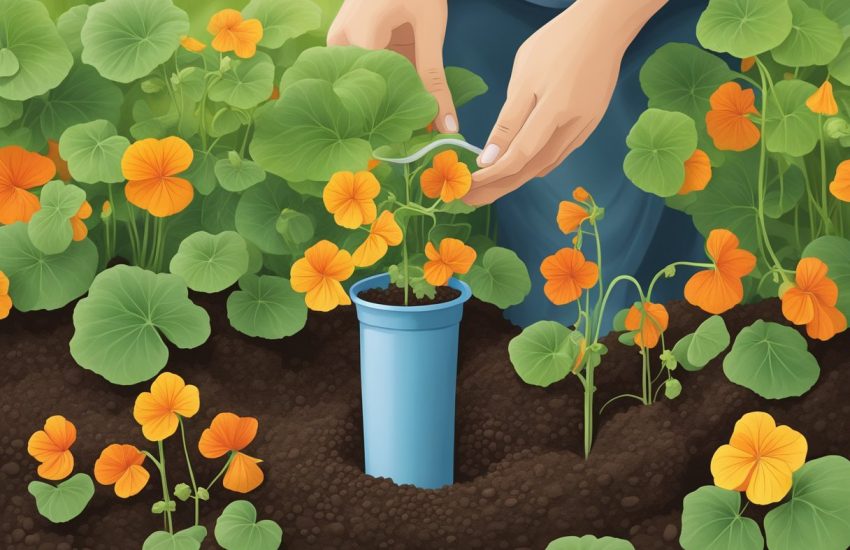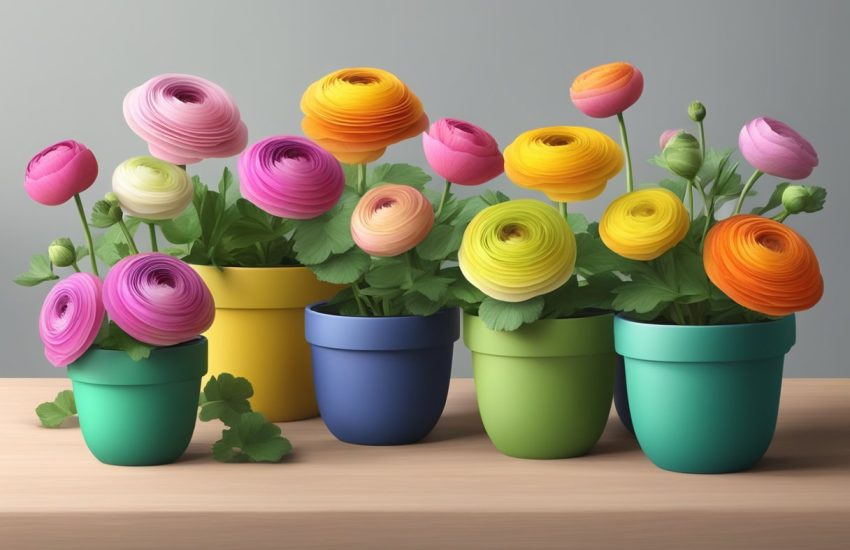How to Take Care of Lucky Bamboo: Tips and Tricks
Lucky bamboo, scientifically known as dracaena sanderiana, is a popular indoor plant that is believed to bring good fortune, prosperity, and positive energy into a space. This plant is often used in feng shui practices to promote love, good health, and great luck. However, taking care of lucky bamboo can be tricky, especially for those who are new to plant care or have never owned this particular variety before.

To ensure that your lucky bamboo thrives and brings positive energy into your home or office, it is essential to know how to care for it properly. Lucky bamboo is a hardy plant that can survive in a range of conditions, but it still requires specific care to stay healthy and vibrant. In this article, we will discuss the best practices for taking care of lucky bamboo, including watering, lighting, fertilizing, and more. With the right care, your lucky bamboo can continue to bring prosperity and good fortune into your life for years to come.
Essential Care for Lucky Bamboo
Lucky bamboo is a popular indoor plant that requires minimal care. However, to ensure its optimal growth and longevity, certain essential care steps must be followed. In this section, we will cover the key aspects of lucky bamboo care, including container and soil selection, watering and light requirements, temperature and humidity control, and fertilizing for optimal growth.
Selecting the Right Container and Soil
The container and soil are crucial for the growth of lucky bamboo. Lucky bamboo can grow in both soil and water, but it is recommended to grow it in water. When growing in water, select a container with a drainage hole and fill it with pebbles to provide support to the plant. If growing in soil, use a potting mix that drains well and has good aeration.
Watering and Light Requirements
Lucky bamboo requires moist soil or water to grow. When growing in water, change the water once a week and use distilled water or tap water that has been left out for 24 hours to allow the chlorine to evaporate. When growing in soil, water the plant when the top inch of soil is dry. Lucky bamboo prefers bright, indirect sunlight, but can also thrive in low light conditions.
Temperature and Humidity Control
Lucky bamboo thrives in a temperature range of 65-90°F and requires a humidity level of 40-60%. It is important to keep the plant away from drafts and cold temperatures, which can cause leaf yellowing and dropping.
Fertilizing for Optimal Growth
Lucky bamboo does not require frequent fertilization, but occasional fertilization can help promote optimal growth. Use a liquid fertilizer that is high in nitrogen, or a specialty lucky bamboo fertilizer. Fertilize the plant once every two to three months during the growing season.
By following these essential care steps, lucky bamboo can thrive as an indoor plant and add a touch of greenery to any space.
Additional Considerations for Lucky Bamboo
Pruning and Propagating
Pruning and propagating lucky bamboo are essential tasks to keep the plant healthy and thriving. Pruning helps to control the height and shape of the plant, while propagation allows for the creation of new plants from existing ones. To prune lucky bamboo, use sharp pruning shears to cut the stalks just above a node. This will encourage new growth and prevent the plant from becoming too tall. To propagate lucky bamboo, cut a healthy stalk into sections and place them in fresh water. Make sure each section has at least one node, and change the water frequently to prevent rotting.
Preventing and Treating Pests and Diseases
Lucky bamboo is generally a hardy plant, but it can be susceptible to pests and diseases. Mealybugs and spider mites are common pests that can be treated with insecticidal soap or neem oil. Root rot is a common disease that occurs when the plant is overwatered or left standing in water. To prevent root rot, make sure the plant is potted in well-draining soil and avoid leaving it in standing water for extended periods.
Cultural Significance and Placement
Lucky bamboo has cultural significance in many parts of the world, particularly in China where it is believed to bring good luck and fortune. The number of stalks can also have different meanings, with four stalks representing death and eight stalks representing wealth and prosperity. When placing lucky bamboo in the home, it is important to consider its cultural significance and placement. According to feng shui principles, lucky bamboo should be placed in the east or southeast corner of the home to promote growth and prosperity.
Overall, lucky bamboo is a low-maintenance plant that can bring beauty and good fortune to any space. With proper care and attention to pruning, propagation, and pest prevention, lucky bamboo can thrive for years to come.


